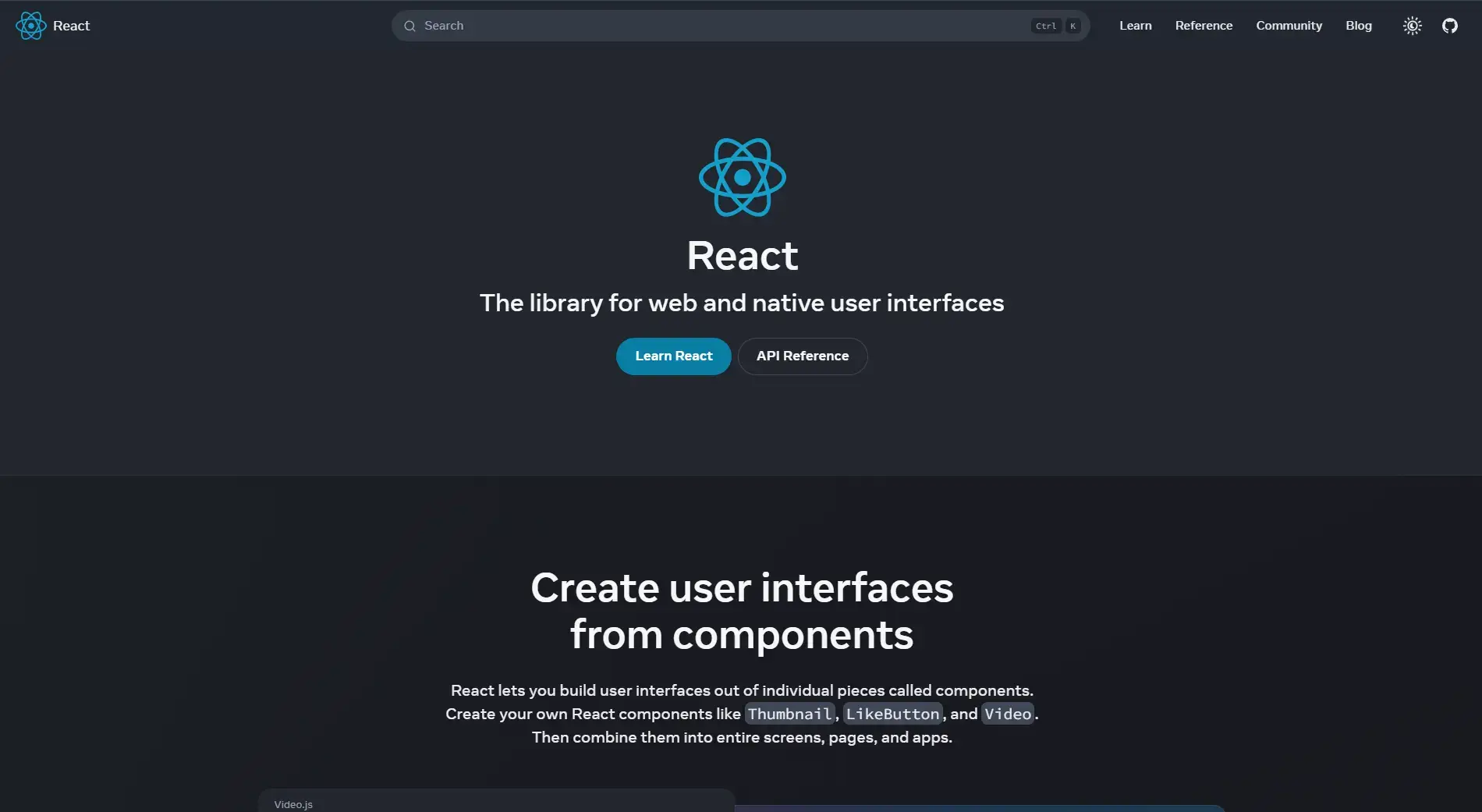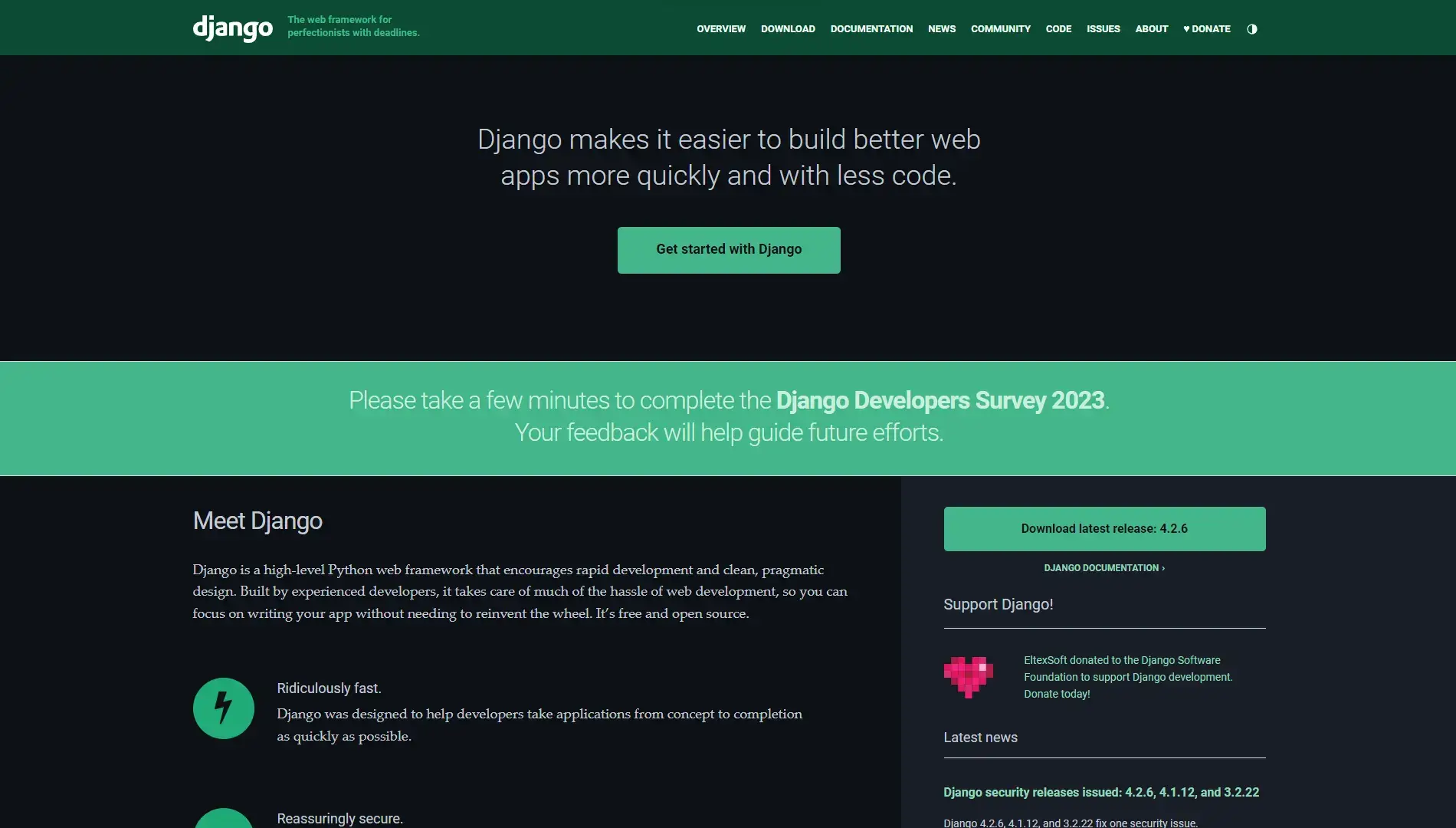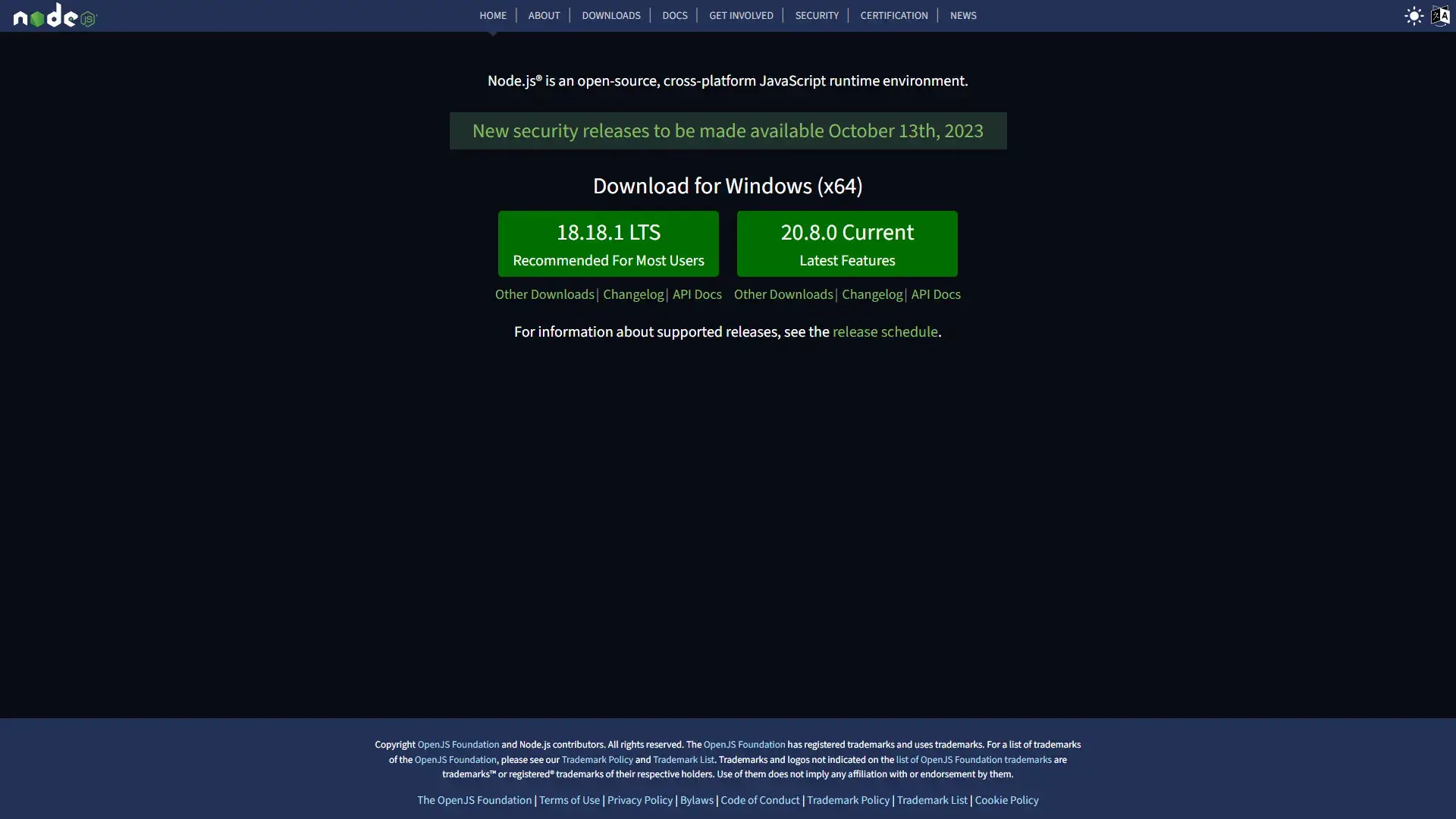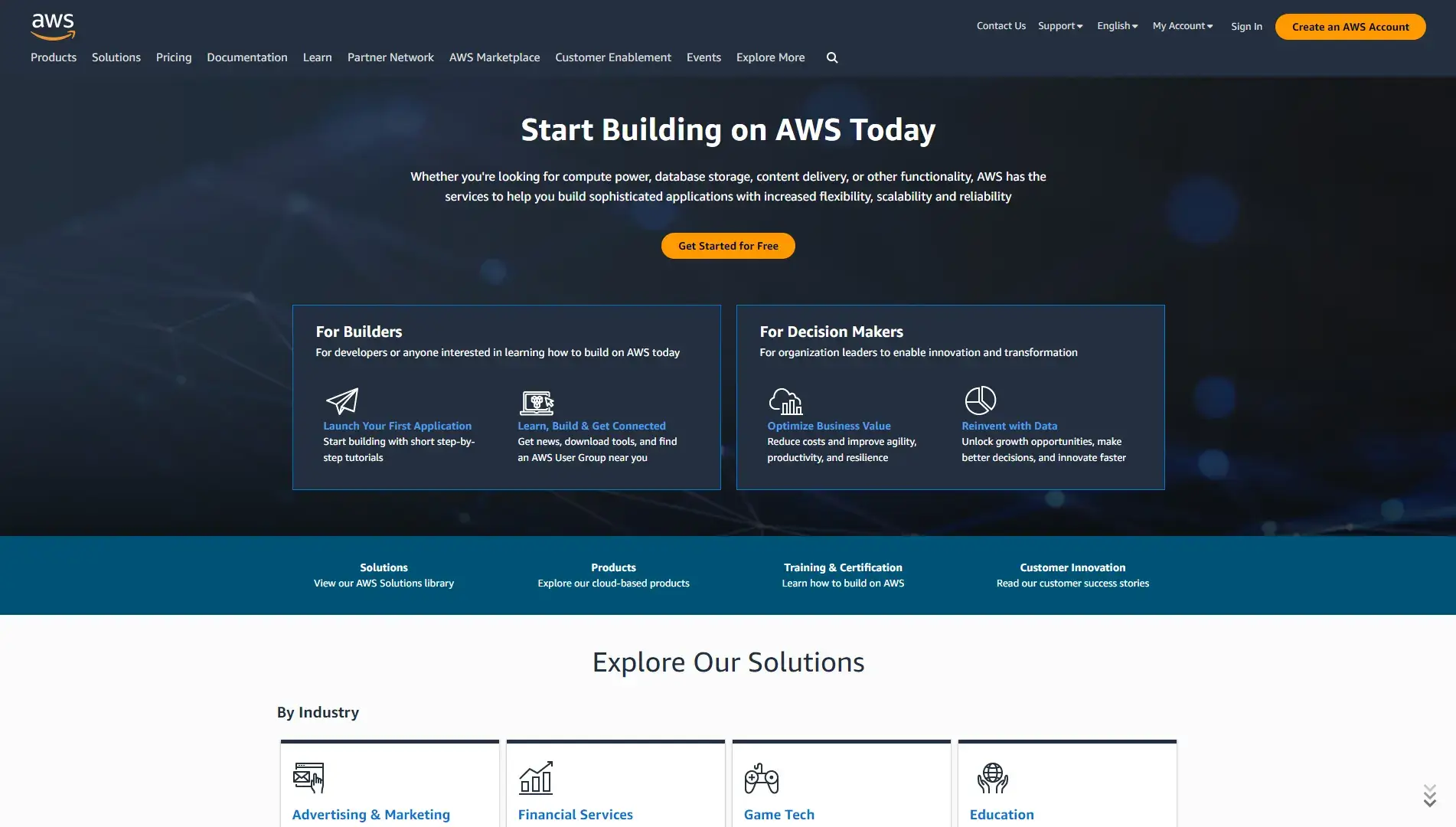Software drives our computers, smartphones, and countless other devices.
It powers the apps we use to stay connected, shop, and entertain ourselves.
But how is all this software created?
The answer is software development technologies.
These are the tools and techniques that software developers use to build software applications.
In this article, we’ll explore the different types of software development technologies and how they’re used to build the software we rely on every day.
We’ll also provide examples of popular software development technologies.
What Are Software Development Technologies?
Software development technologies are the tools and methods that developers use to design, develop, test, and deploy software applications.
These include a wide range of software technologies, such as programming languages, frameworks and libraries, databases, and cloud computing platforms.
Software Development Technologies
There are many different types of software development technologies available, each with its own strengths and weaknesses.
Some of the most popular technologies in software include:
Programming Languages
Programming languages serve as the cornerstone of software development, acting as the fundamental building blocks for programmers to craft software.
Let’s explore some of the most popular programming languages.
JavaScript
JavaScript stands as the most utilized programming language, widely adopted by developers globally.
It excels in front-end web development, infusing websites with interactivity.
JavaScript empowers web developers to incorporate dynamic elements like animated graphics, effects, and buttons.
| Difficulty Level: | Easy |
| Commonly Used For: |
|
| Pros: |
|
| Cons: |
|
Python
Python, renowned for its simplicity and readability, ranks among the top choices for web development and data science. It’s currently TIOBE’s most popular programming language.
It is a high-level, general-purpose language used for diverse tasks, including data analysis, visualization, web development, prototyping, and automation.
Its open-source nature allows programmers to tailor its source code to meet their requirements.
| Difficulty Level: | Easy |
| Commonly Used For: |
|
| Pros: |
|
| Cons: |
|
PHP
Born in 1993, PHP is an open-source language recognized for its simplicity.
Its straightforward syntax and abundant learning resources make it an ideal choice for newcomers.
PHP is primarily used for crafting server-side scripts and also finds application in developing command-line scripts and desktop applications for proficient coders.
| Difficulty Level: | Easy |
| Commonly Used For: |
|
| Pros: |
|
| Cons: |
|
C++
Known for its high performance and efficiency, C++ is popular in game development and systems programming.
This language lets programmers control memory and hardware directly, while also making it easy to create complex algorithms and data structures.
In other words, this language is both powerful and flexible.
It gives programmers the control they need to write high-performance code, while also providing features that make it easier to develop complex algorithms and data structures.
| Difficulty Level: | Hard |
| Commonly Used For: |
|
| Pros: |
|
| Cons: |
|
C#
Originally created for Microsoft’s .NET framework, C# has evolved to support both Windows and Linux platforms.
Known for its fast performance and enhanced stability, C# is more accessible to learn than its predecessors, C and C++.
C# is a great language for creating desktop apps with graphical user interfaces (GUIs).
It uses object-oriented programming (OOP), which means that it organizes software around objects instead of functions. OOP makes code more reusable and easier to maintain.
| Difficulty Level: | Intermediate |
| Commonly Used For: |
|
| Pros: |
|
| Cons: |
|
Frameworks and Libraries
Frameworks and libraries are tools that help developers work more efficiently. They provide pre-written code and structures to streamline software development.
These tools offer several benefits, such as:
- Faster coding: Frameworks speed up development by offering ready-made code and features.
- Fewer errors: They reduce the chance of bugs by providing tested, reliable code.
- Better code: Frameworks enforce best practices for improved code quality.
- Added power: They grant access to advanced features that are hard to create from scratch.
Below are some popular frameworks and libraries.
React
React is a JavaScript library for building user interfaces. It is declarative, efficient, and flexible. React components are self-contained and reusable, making code easier to maintain and update.
This tool is a good choice for developing user interfaces. Additionally, React is suitable for building a variety of web applications, including single-page applications.
However, it has a large and complex ecosystem that may overwhelm beginners.
Angular
Angular is a popular JavaScript framework for building dynamic web applications. It is open source and free to use.
It uses a convention over configuration approach, which means that you don’t need to specify how to build your data models in advance. Instead, Angular provides conventions that you can follow to model your data.
However, it can be difficult to use. It’s a good choice for developers who need to build complex web applications, but it may not be the best choice for beginners.
Django
Django is a powerful web framework that makes it easy to build web applications with Python.
It is a good choice for both beginners and experienced developers, but it can have a steep learning curve. Django also follows a set of rules, which can limit flexibility.
However, Django offers many benefits, including the ability to handle high traffic loads, built-in security features, and a large community of developers.
Node.js
Node.js is an open-source server environment that uses JavaScript to create dynamic web content on various platforms.
It’s suitable for multi-user communication apps like social media, games, and chat applications, handling many connections at once.
Additionally, this tool enables two-way communication and push capabilities, making it great for real-time applications.
Furthermore, it’s beginner-friendly, especially for those familiar with JavaScript.
However, it has less documentation compared to other frameworks.
Databases
Databases are essential for storing and managing data in software applications.
They allow developers to organize and retrieve data efficiently, and to make changes to data without disrupting the entire application.
Here is a brief overview of two popular databases.
MySQL
MySQL is a widely used open-source relational database management system (RDBMS). It is known for its speed, reliability, and ease of use.
MySQL is a good choice for a variety of applications, including websites, e-commerce platforms, and customer relationship management (CRM) systems.
However, it’s not suitable for all applications, especially those that require high scalability or complex data models.
MongoDB
MongoDB is a NoSQL database, which means that it does not use a traditional table-based schema to store data.
This makes MongoDB a good choice for storing and managing large volumes of unstructured data.
MongoDB is a good choice for applications that require high scalability and performance. These include big data applications, social media platforms, and real-time analytics applications.
However, it’s not suitable for applications requiring strict data schema.
Cloud Computing
Cloud computing helps software developers build and scale applications more easily and efficiently.
It provides on-demand access to computing resources and services, without the need to invest in and maintain their own infrastructure.
Its advantages include:
- Easy Setup: Cloud services manage server infrastructure for you, allowing instant access to software without hardware concerns.
- Scalability: They’re highly scalable, offering flexible processing power and storage.
- Accessibility: Cloud-based services are accessible from anywhere with internet access, enhancing team collaboration.
- Enhanced Collaboration: Centralized development points foster real-time collaboration and provide instant access to the latest project versions.
- Automatic Back-Ups: Cloud providers routinely data backup, reducing your team’s workload and increasing redundancy.
Here’s a brief overview of popular cloud computing platforms:
Amazon Web Services (AWS)
With a vast range of services, AWS is a leader in cloud computing, offering solutions for storage, computing, and more.
Microsoft Azure
Microsoft’s cloud platform provides tools for building, deploying, and managing applications across a global network of data centers.
Google Cloud Platform
Google Cloud offers cloud computing, storage, and machine learning services, making it a strong competitor in the cloud market.
Takeaways
In this article, we’ve learned that software development technologies are the tools and methods used by developers to create software applications.
They include:
- Programming Languages: They are used to write the code of software. Some of the popular ones are Python, Java, JavaScript, and C++.
- Frameworks and Libraries: These offer pre-written code and features, making application development faster. Examples include React, Django, and Angular.
- Databases: They store and manage application data. MySQL and MongoDB are popular databases for software development.
- Cloud Computing Platforms: These tools provide on-demand computing resources. The examples are AWS, Azure, and Google Cloud.
Now, whether you’re embarking on web app development, mobile app projects, or any other software endeavors, consider reaching out to a trusted software development partner like Intelivita.
We’re a leading provider of software development services with a track record of over a decade and 600+ successful projects delivered.














